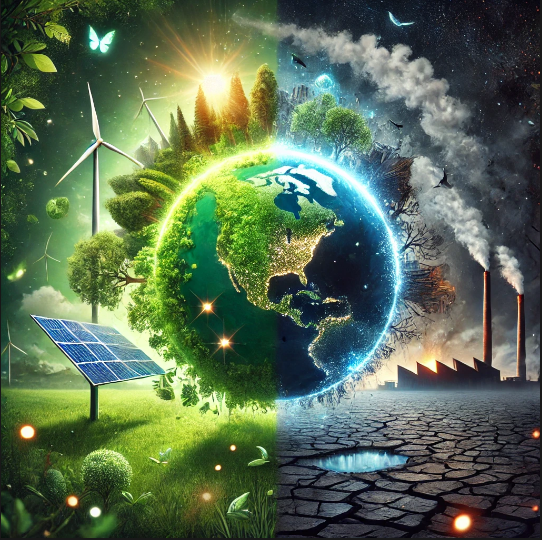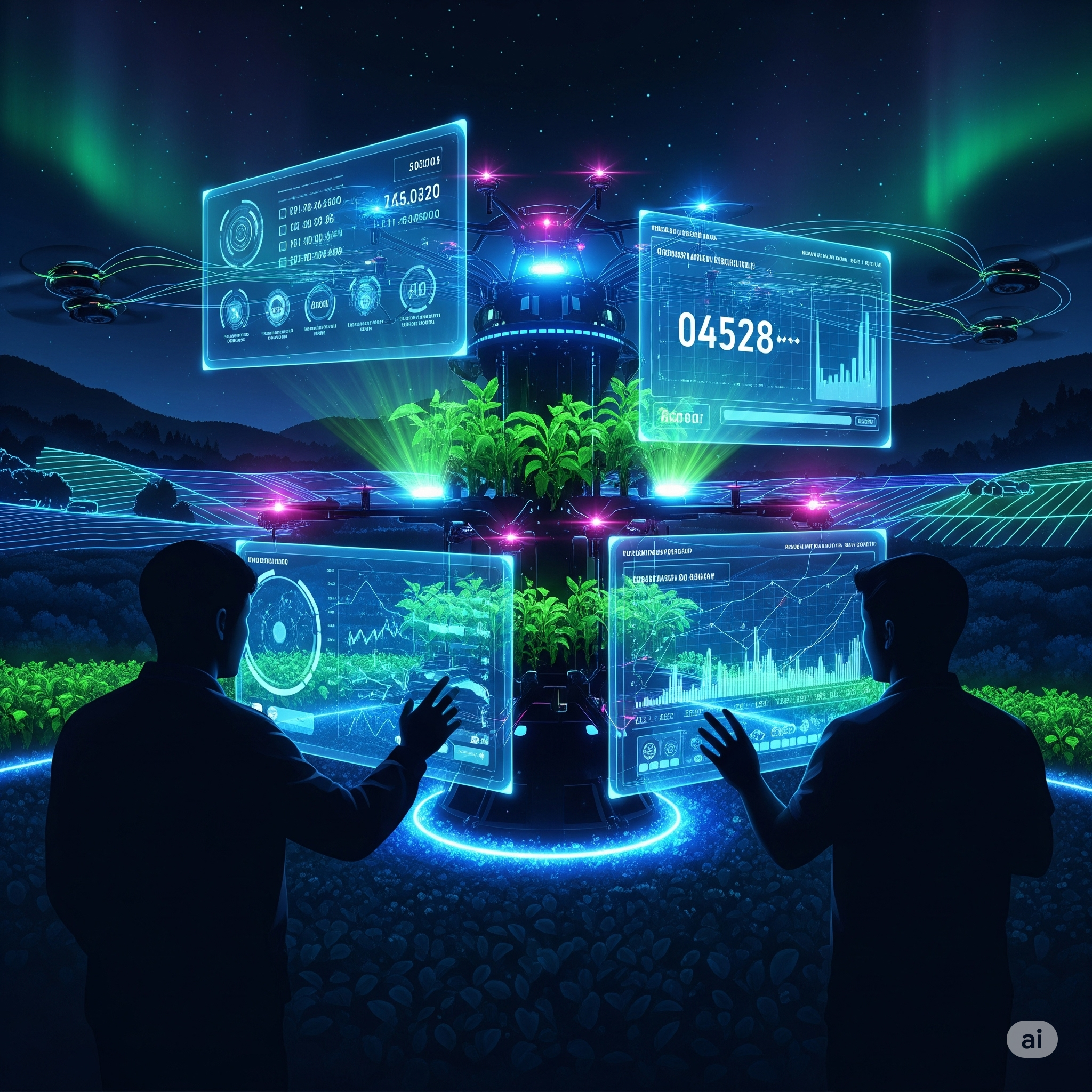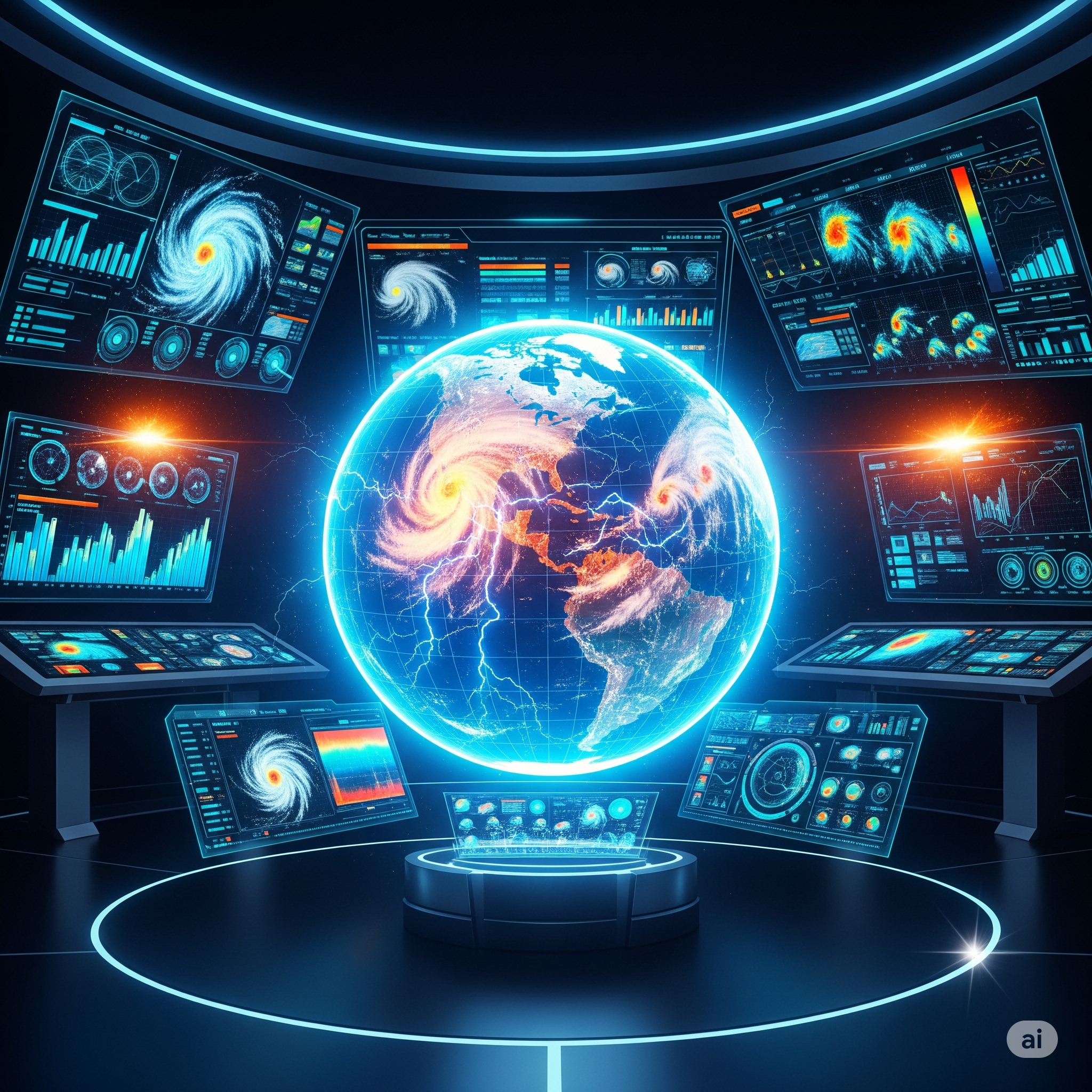Introduction
The global environment is undergoing rapid and unprecedented changes due to factors such as climate change, pollution, deforestation, industrialization, and unsustainable resource exploitation. These changes have far-reaching consequences for ecosystems, human societies, and economies. While technological advancements and globalization have improved living standards, they have also contributed to environmental degradation.
This essay explores the effects of changes in the global environment, examines the key challenges they pose, and discusses possible strategies to address these challenges. It also emphasizes the importance of sustainable development, international cooperation, and policy interventions in mitigating environmental threats.
Understanding Global Environmental Changes
Global environmental change refers to large-scale alterations in Earth’s natural systems, which include changes in climate patterns, biodiversity loss, depletion of natural resources, and increased pollution. These changes result from both natural phenomena and human activities.
Key Factors Contributing to Global Environmental Change
- Climate Change: Rising global temperatures, extreme weather events, melting glaciers, and rising sea levels are major effects of climate change.
- Deforestation: Large-scale deforestation for agriculture, urban expansion, and industrial purposes has led to habitat loss and reduced carbon sequestration.
- Pollution: Air, water, and soil pollution caused by industrial waste, plastic waste, and toxic chemicals threaten ecosystems and human health.
- Loss of Biodiversity: Species extinction due to habitat destruction, poaching, and pollution disrupts ecological balance.
- Resource Depletion: Overexploitation of fossil fuels, freshwater resources, and minerals leads to environmental instability.
Challenges Posed by Global Environmental Change
1. Climate Change and Its Devastating Effects
Climate change is one of the most critical environmental challenges. Global temperatures have increased due to excessive greenhouse gas (GHG) emissions, primarily from fossil fuel combustion. The consequences include:
- Extreme Weather Events: Heatwaves, hurricanes, floods, and droughts have become more frequent and intense.
- Rising Sea Levels: Melting glaciers and polar ice caps lead to rising sea levels, threatening coastal communities.
- Agricultural Disruptions: Changing rainfall patterns and higher temperatures affect crop yields and food security.
- Health Hazards: Increased temperatures contribute to the spread of vector-borne diseases like malaria and dengue.
2. Environmental Pollution and Its Consequences
Pollution, in its various forms, is a direct consequence of industrialization and urbanization.
- Air Pollution: Emissions from industries, vehicles, and fossil fuel combustion cause respiratory diseases, cardiovascular issues, and environmental damage.
- Water Pollution: Contamination of freshwater bodies due to chemical discharge and plastic waste harms aquatic life and reduces access to clean drinking water.
- Soil Degradation: Use of chemical fertilizers, pesticides, and industrial waste disposal depletes soil fertility, affecting agricultural productivity.
3. Biodiversity Loss and Ecological Imbalance
Biodiversity loss disrupts ecosystems, leading to:
- Extinction of Species: Habitat destruction, poaching, and climate change threaten animal and plant species.
- Decline in Pollinators: Reduction in bee and butterfly populations affects food production.
- Disruption of Ecosystem Services: Natural processes such as water purification, carbon sequestration, and soil fertility maintenance are compromised.
4. Depletion of Natural Resources
Overexploitation of resources such as water, minerals, and fossil fuels leads to environmental instability.
- Water Scarcity: Many regions face severe water shortages due to overconsumption and pollution.
- Fossil Fuel Dependence: Excessive reliance on coal, oil, and gas contributes to carbon emissions and global warming.
- Deforestation for Agriculture: Unsustainable agricultural practices result in soil erosion, loss of biodiversity, and desertification.
5. Socioeconomic and Geopolitical Challenges
Environmental degradation has economic and geopolitical implications, including:
- Forced Migration: Climate refugees are forced to relocate due to rising sea levels, droughts, and extreme weather.
- Economic Disruptions: Agricultural losses, destruction of infrastructure, and healthcare costs due to pollution strain economies.
- Geopolitical Conflicts: Resource scarcity and environmental degradation can lead to conflicts over water, arable land, and energy resources.
Way Forward: Strategies for Mitigating Environmental Challenges
1. Sustainable Development and Green Technology
A shift towards sustainable development is crucial for balancing economic growth with environmental conservation.
- Renewable Energy Adoption: Solar, wind, and hydropower should replace fossil fuels.
- Sustainable Agriculture: Organic farming, crop rotation, and reduced chemical use enhance soil health.
- Energy Efficiency: Innovations in energy-efficient buildings, electric vehicles, and industrial processes can reduce carbon footprints.
2. Climate Change Mitigation and Adaptation
Governments and organizations must take urgent steps to mitigate climate change effects.
- Carbon Pricing: Implementing carbon taxes and cap-and-trade systems can reduce emissions.
- Afforestation and Reforestation: Planting trees enhances carbon sequestration and restores ecosystems.
- Disaster Preparedness: Infrastructure must be designed to withstand extreme weather events.
3. Pollution Control and Waste Management
Strict regulations and innovative solutions are necessary to combat pollution.
- Banning Single-Use Plastics: Reducing plastic production and promoting biodegradable alternatives.
- Industrial Waste Management: Implementing stringent waste disposal regulations and recycling programs.
- Air Quality Monitoring: Encouraging industries to adopt cleaner production technologies.
4. Conservation of Biodiversity
Protecting biodiversity is vital for maintaining ecological balance.
- Wildlife Protection Laws: Stricter laws against poaching and habitat destruction.
- Marine Conservation: Protection of coral reefs and marine ecosystems from overfishing and pollution.
- Community Participation: Involving local communities in conservation efforts.
5. Efficient Resource Management
Sustainable management of natural resources ensures their availability for future generations.
- Water Conservation: Rainwater harvesting, wastewater treatment, and efficient irrigation techniques.
- Sustainable Mining: Reducing environmental damage through eco-friendly mining practices.
- Circular Economy: Recycling and reusing materials to minimize waste.
6. International Cooperation and Policy Interventions
Global environmental challenges require coordinated efforts at the international level.
- Paris Agreement: Countries must commit to reducing carbon emissions and meeting climate targets.
- United Nations Sustainable Development Goals (SDGs): Implementation of policies that align with SDGs.
- Cross-Border Collaboration: Sharing technology and resources to combat environmental issues collectively.
7. Public Awareness and Behavioral Change
Individuals play a crucial role in environmental conservation.
- Eco-Friendly Lifestyles: Reducing consumption, minimizing waste, and using public transport.
- Education and Awareness: Incorporating environmental studies in educational curricula.
- Corporate Social Responsibility (CSR): Encouraging businesses to adopt sustainable practices.
Conclusion
Global environmental changes pose significant challenges to humanity, ecosystems, and economies. While climate change, pollution, biodiversity loss, and resource depletion threaten the planet, proactive measures can help mitigate these effects. Sustainable development, policy interventions, technological innovation, and individual efforts are key to addressing environmental challenges.
A collective approach involving governments, businesses, and individuals is essential to create a sustainable and resilient future. By prioritizing environmental conservation and embracing green solutions, we can protect the planet for future generations. The way forward lies in balancing economic growth with ecological preservation, ensuring that development does not come at the cost of environmental sustainability.




